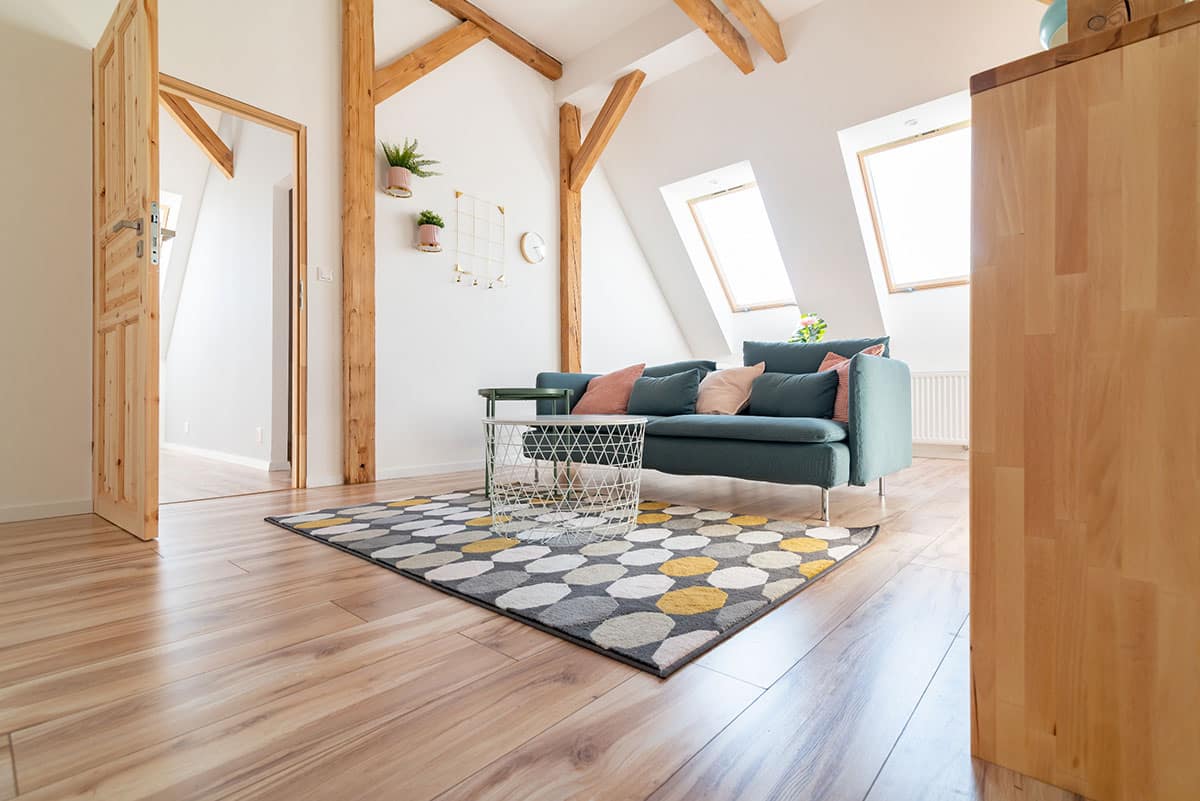Use of levellers: tips for producing smooth walls, floors and ceilings
In the construction of new builds but even more so in building renovation, levelling compounds are used for a large variety of works on walls, floors and ceilings. Our expert gives tips on how to proceed correctly, select the right products and achieve perfect results. Special fillers or levellers can also be used to redefine the room design
Tip 1: Proper preparation is the key to success
Before starting any levelling work, it is essential for both do-it-yourselfers and professional craftsmen to properly prepare the substrate in order to achieve a good bond between substrate and leveller and produce a permanently even surface. Drill holes must always be cleaned, for example by blowing or scraping them out. In addition, it is advisable to moisten and/or prime the substrate before applying the filler or leveller.
Tip 2: Carefully apply the levelling compound
Levelling compounds are available either ready for use in tubes or as a powder for mixing. Powder levellers are mixed with a predefined amount of water before use. After that, they are applied and smoothed down with suitable tools. If the compound shrinks during the drying process, it is best to apply a second layer. If necessary, the surface can be finished with sandpaper to achieve a particularly fine texture.
Tip 3: Only use low-emission products
Regardless of whether a craftsman or a DIY enthusiast carries out the filling and levelling work on walls, floors and ceilings: all users should take care to choose the right products. For the benefit of health and safety at work and at home, we recommend using levelling compounds that do not contain solvents or plasticizers. This reduces product emissions to a minimum. Products carrying the EMICODE® label of the GEV, the German Association for the Control of Emissions in Products for Flooring Installation, Adhesives and Building Materials, undergo strict quality tests that guarantee product users and consumers the lowest possible emissions. This also includes volatile organic compounds (VOCs), which are harmful to human health. Manufacturers must subject their products to regular, unannounced spot checks which are carried out by independent testing institutes. They are not allowed to advertise their products with an EMICODE® EC1 label that they acquired years ago.
Tip 4: How to create design effects with levellers
Levelling compounds can also be used to produce decoratively designed walls, e.g. by means of the Venetian plaster finish, a technique also known as Venetian stucco. Spectacular effects and a new room design can be created with the help of special levellers, tinting paints and the right accessories (different types of spatulas and trowels). Marbled wall surfaces in bold colors are quite popular these days. Other fancy designs that imitate the look of concrete or wood are also possible. For less experienced DIYers, some manufacturers offer trial sets that allow you to test your skills in a side room.

Photo: ©djedzura/123rf.com/GEV
Do You Have Questions?
If you have any questions on certain topics or want to contact us for another reason, please contact us by phone or email.
Phone: +49 (0)211 843 449 – 01
info@emicode.com
Share article on Social Media:
